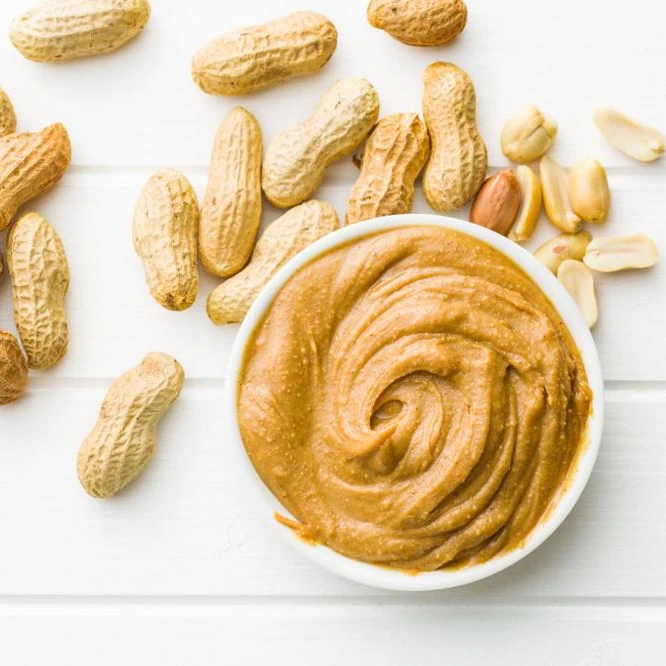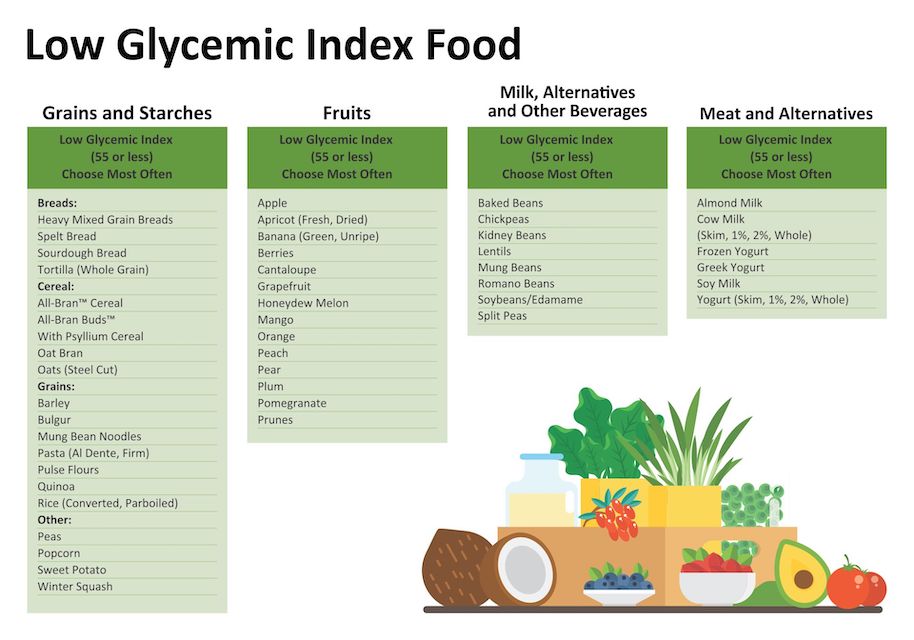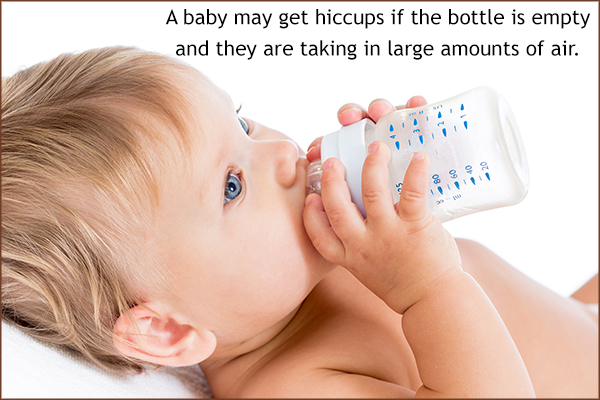When to feed baby peanuts
When to Introduce Peanuts to Children
In the United States, approximately 2.5% of children, or nearly 2 million, suffer from peanut allergies. It is one of the top eight most common food allergies, and the number of cases has grown steadily over the last decade. As such, many parents of infants and toddlers often wonder if their child is allergic to peanuts and how to find out. It can be very frightening when a young child is at risk for a potentially deadly allergic reaction to very common food. Parents don’t always have control over what their children eat; however, many school cafeterias have outright banned peanut-based foods such as the standard peanut butter and jelly sandwich. Many parents ask us whether there is a “safe” way to introduce peanuts in their child’s diet, and if so, what they can do to determine if their child is at risk.
What age is safe to introduce peanuts?
One of the first questions a parent may ask is at what specific age they can introduce peanuts to their children. A better question to ask first is when they should NOT introduce peanuts. Recent research shows that the most at-risk group for developing a peanut allergy are infants with eczema and who have a relative with peanut allergies. The National Institute for Allergy and Infectious Disease (NIAID) recommends the earliest stage of peanut introduction be at around 6 months in children who have a moderate risk. Whole peanuts are a choking hazard for young children, peanut-based foods such as a peanut puff or peanut butter mixed with fruit or other food are best to use for introducing peanut foods to your infant.
The NIAID categorizes children into three different risk groups.
- The highest risk group includes children with moderate-to-severe eczema and/or an egg allergy or children with an immediate relative who is also allergic. An allergist should evaluate infants in the high-risk category before the introduction of peanut-based foods. The earliest age of introduction for high-risk children is between 4-6 months of age.

- The moderate-risk group includes children who have mild-to-moderate eczema, or there are no already present food allergies (such as an allergy to eggs). The guidelines recommend parents feed peanut-based foods at around 6 months of age.
- A low-risk child has no eczema or food allergies and can be introduced to peanut-based foods at the age-appropriate time and with a normal family and cultural practices. The majority of children will be in this risk group.
If my child has pre-existing allergies or a known relative with a peanut allergy what is the best procedure?
If the child DOES have symptoms of eczema, a preexisting food allergy, or a relative with a peanut allergy, it is strongly recommended that the child receive a test within the safety of an allergist’s office. A doctor can conduct blood or skin tests to determine if the child is at risk for the peanut allergy or not. Based on the results from this test, the allergist can help determine the best process for further introducing peanuts to the child. An Allergist “oral food challenge” test is considered the “gold standard” for introducing at-risk children to potential allergens such as peanuts.
An Allergist “oral food challenge” test is considered the “gold standard” for introducing at-risk children to potential allergens such as peanuts.
What are symptoms of peanut allergy?
Other symptoms of a peanut allergy in undiagnosed children include wheezing, vomiting, diarrhea, tightness of the throat, pale blue skin, hives, or dizziness. These are symptoms of an anaphylaxis reaction that requires immediate attention and treatment. If a child is displaying these symptoms after eating peanuts, it may be time to see an allergist. We recommend keeping a journal of all the food the patient has recently eaten to help the doctors can correctly identify the food that is causing the allergic reaction.
If your child displays any of these symptoms, contact Family Allergy to ensure your child is following a safe diet.
When can I start giving my baby peanut butter?
Log in | Register
Tips & Tools
Tips & Tools
Listen
Español
Text Size
Question
Amanda Cox, MD, FAAAAI
Answer
Many parents have questions and concerns about when peanut butter can be safely introduced, because it is the leading cause of fatal and near-fatal food allergic reactions in the United States.![]()
New Guidelines on the Introduction of Allergenic Foods:
For many years, experts thought that the best way to fight peanut allergy was to avoid peanut products in the first years of life. At the time, it was thought that delaying introduction would possibly prevent the development of other allergic conditions, especially eczema. However, more recent guidelines show that there is no benefit to delaying the introduction of allergenic foods. In 2015, an important study showed that early introduction and regular feeding of peanut prevented the development of peanut allergy in infants at "high risk" for peanut allergy (meaning infants who had severe eczema and/or an egg allergy).
Advice to Parents:
Start solids with a few foods that are of low allergy risk—for example, infant cereal, puréed bananas, or puréed prunes. Give your baby one new food at a time, and wait at least 2 to 3 days before starting another. After each new food, watch for any allergic reactions such as diarrhea, rash, or vomiting.
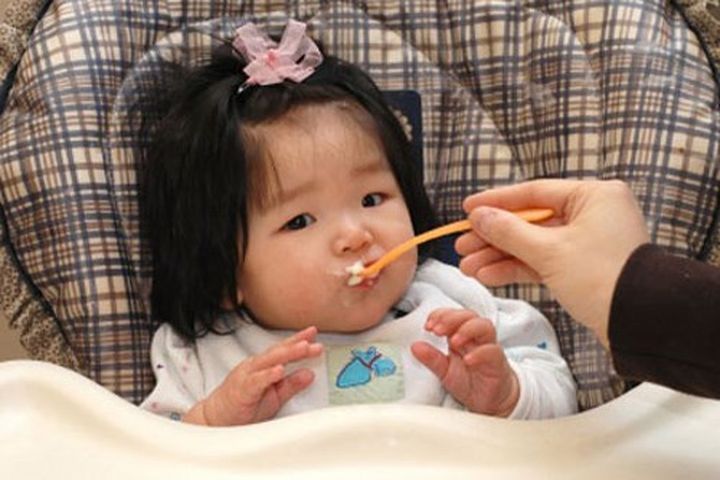 If any of these occur, stop using the new food and consult with your child's pediatrician.
If any of these occur, stop using the new food and consult with your child's pediatrician.If there is no special reason to be concerned that your baby is at increased risk for food allergies, after a few first foods have been tolerated, you can start to introduce the more highly allergenic foods (milk, egg, soy, wheat, peanut, tree nuts, fish, and shellfish). It is important that these—and all foods—are in forms and textures appropriate for infants. For instance, while whole cow's milk is not recommended before 1 year of age; you may introduce processed dairy products such as whole milk yogurt or Greek yogurt mixed with a fruit that your baby has already had in his or her diet.
If your baby has or had severe, persistent eczema or an immediate allergic reaction to any food— especially if it is a highly allergenic food such as egg—he or she is considered "high risk for peanut allergy." You should talk to your child's pediatrician first to best determine how and when to introduce the highly allergenic complementary foods.
 Ideally peanut-containing products should be introduced to these babies as early as 4 to 6 months. It is strongly advised that these babies have an allergy evaluation or allergy testing prior to trying any peanut-containing product. Your doctor may also require the introduction of peanuts be in a supervised setting (e.g., in the doctor's office).
Ideally peanut-containing products should be introduced to these babies as early as 4 to 6 months. It is strongly advised that these babies have an allergy evaluation or allergy testing prior to trying any peanut-containing product. Your doctor may also require the introduction of peanuts be in a supervised setting (e.g., in the doctor's office). Babies with mild to moderate eczema are also at increased risk of developing peanut allergy. These babies should be introduced to peanut-containing products around 6 months of age; peanut-containing products should be maintained as part of their diet to prevent a peanut allergy from developing. These infants may have peanut introduced at home (after other complementary foods are introduced), although your pediatrician may recommend an allergy evaluation prior to introducing peanut.
Babies without eczema or other food allergies, who are not at increased risk for developing an allergy, may start having peanut-containing products and other highly allergenic foods freely after a few solid foods have already been introduced and tolerated without any signs of allergy.
 As with all infant foods, allergenic foods should be given in age- and developmentally-appropriate safe forms and serving sizes.
As with all infant foods, allergenic foods should be given in age- and developmentally-appropriate safe forms and serving sizes.
Choking Prevention:
Whole peanuts themselves are choking hazards and should not be fed to babies. They can block the air passages, and if whole or partially chewed peanuts are inhaled into the lungs, they can cause a severe and possibly fatal chemical pneumonia. Avoid whole peanuts until your child is old enough to be counted on to chew them well (usually at least 4 years and up).
A good way to introduce peanut in infancy would be mixing and thinning-out a small amount of peanut butter in cereal or yogurt. Dissolving peanut butter puffs with breast milk or formula and feeding it by spoon is another good option.
Remember:
The highly allergenic foods should initially be given to your baby in small tastes at home, and the amount can gradually be increased in a developmentally appropriate manner if there are no signs of intolerance or allergic symptoms.
NOTE: The AAP recommends breastfeeding as the sole source of nutrition for your baby for about 6 months. When you add solid foods to your baby's diet, continue breastfeeding until at least 12 months. You can continue to breastfeed after 12 months if you and your baby desire. Check with your child's doctor about vitamin D and iron supplements during the first year. Remember that each child's readiness for solid foods depends on his own rate of development.
Additional Information & Resources:
Working Together: Breastfeeding and Solid Foods
Sample Menu for an 8 to 12 Month Old
Infant Allergies and Food Sensitivities
Peanut Allergies: What You Should Know About the Latest Research
- The Effects of Early Nutritional Interventions on the Development of Atopic Disease in Infants and Children: The Role of Maternal Dietary Restriction, Breastfeeding, Hydrolyzed Formulas, and Timing of Introduction of Allergenic Complementary Foods (AAP Clinical Report)
Amanda Cox, MD, FAAAAI
Amanda Cox, MD, FAAAAI is an Assistant Professor of Pediatrics in the Division of Pediatric Allergy and Immunology at the Icahn School of Medicine at Mount Sinai in New York and a practicing pediatric allergist at Jaffe Food Allergy Institute. She is a former president of the New York Allergy & Asthma Society and a fellow of the American Academy of Allergy Asthma & Immunology where she serves on the Adverse Reactions to Foods Committee. Dr. Cox is a contributing writer to The Pediatrician's Guide to Feeding Babies and Toddlers and has written several book chapters and review articles in the area of food allergy.
She is a former president of the New York Allergy & Asthma Society and a fellow of the American Academy of Allergy Asthma & Immunology where she serves on the Adverse Reactions to Foods Committee. Dr. Cox is a contributing writer to The Pediatrician's Guide to Feeding Babies and Toddlers and has written several book chapters and review articles in the area of food allergy.
- Last Updated
- 3/17/2019
The information contained on this Web site should not be used as a substitute for the medical care and advice of your pediatrician. There may be variations in treatment that your pediatrician may recommend based on individual facts and circumstances.
what amazing foods mothers from different countries start complementary foods with / Personal stories and observations - an article from the "What to feed" section on Food.
 ru
ru WHO recommendations on complementary foods for babies are known: start no earlier than 4-6 months, depending on the type of feeding. First of all, it is recommended to introduce hypoallergenic monocomponent purees, then fruits and cereals from one cereal. But this scheme does not work everywhere. We talked with mothers from different countries and found out that everywhere has its own characteristics. Some types of complementary foods will surprise you, and some may shock you.
China
Basically they start with canned baby food. But there are also unusual products to start with. For example, liquid zhou porridge with chicken pieces and vegetables, which is drunk rather than eaten. Sweet rice and steamed scrambled eggs are also considered children's food. Often, children cook jelly-like porridge in a broth made from millet, fine barley or corn. The Chinese are very concerned about healthy food and therefore are looking for any way to feed their children with healthy foods.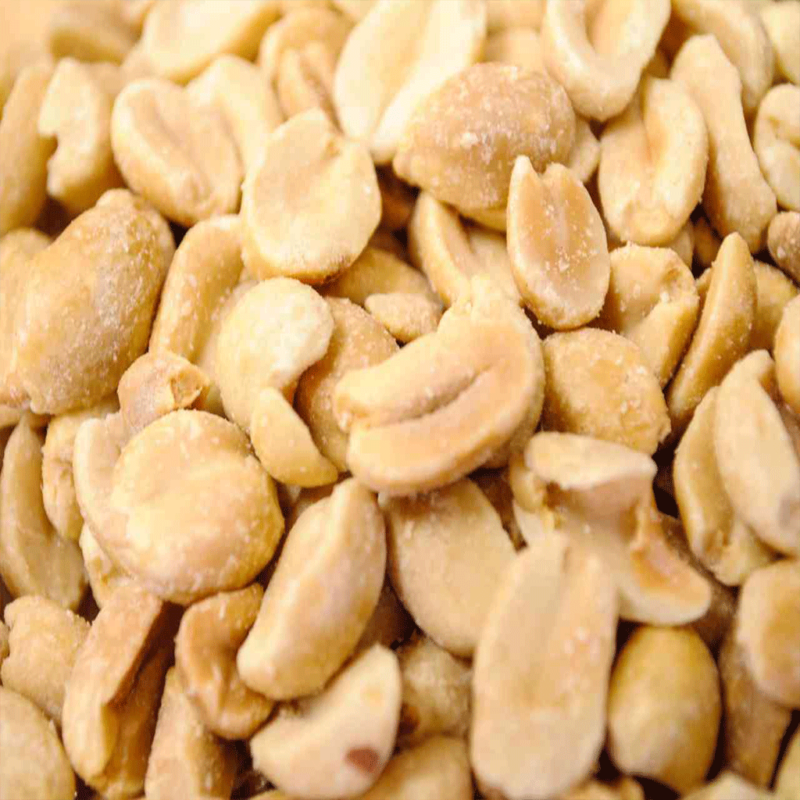 But they do not give tea to children. It is considered an aggressive drink. So tea ceremonies are the destiny of the older generation.
But they do not give tea to children. It is considered an aggressive drink. So tea ceremonies are the destiny of the older generation.
Egypt
Everything here depends on the level of the family's income. The poor classes literally give the child what God sent. Those who are richer introduce complementary foods according to all the rules: jars, sequence - everything is as the doctor ordered. But in general, since the year all the children have already eaten from the common table. Even babies are quietly given honey, dates and all kinds of beans. Gaziki? It doesn't bother anyone here. Or the children's organism is arranged differently here - a mystery.
Cyprus
Here, as in most warm countries, seasonal fruits and vegetables have priority. Avocado and banana puree are among the first to appear on the baby's table. At the same time, Cypriot pediatricians actively support the idea of starting complementary foods with canned food. It is believed that there is nothing in local vegetables, so mashed potatoes from a can are more reliable.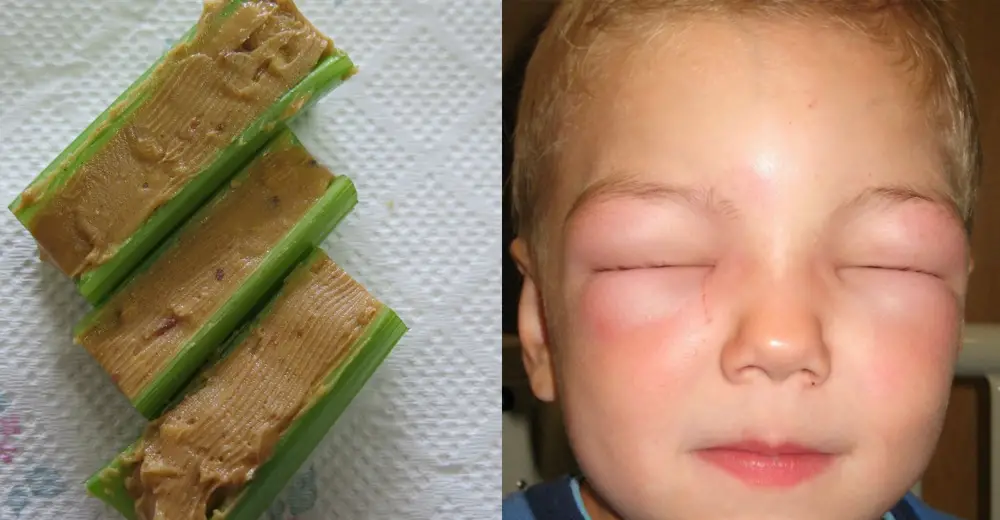
Thailand
Complementary foods here, as elsewhere, start with fruits and vegetables. Canned purees are of high quality and are available to everyone. But there is also something unusual. Children from the age of 8 months begin to give peanuts. Yes, yes, the same terrible nut that we have under a strict ban almost up to 7 years. Every week on Shabbat, Israeli children receive a bamba, a crunchy peanut treat similar to corn sticks. Parents are guided by a simple principle: in order to avoid allergies, you need to give the allergen in microdoses.
As you can see, in most countries, parents follow a simple rule: buy seasonal fruits and vegetables and products from the region. Agree, it would be strange not to give the kids an avocado when they are constantly on the table; or not to indulge in orange juice, when here they are oranges - just reach out your hand. What is exotic and allergenic for some, for others is the usual diet.
What can be done?
Stop worrying about whether the fruits and vegetables you give your children are green enough. The thought of mothers on the other side of the world offering their babies mangoes or peanuts should be reassuring. It is probably not necessary to repeat the experience of foreign parents without consulting a pediatrician. But it is perhaps necessary to know that babies even drink orange juice under certain conditions.
The thought of mothers on the other side of the world offering their babies mangoes or peanuts should be reassuring. It is probably not necessary to repeat the experience of foreign parents without consulting a pediatrician. But it is perhaps necessary to know that babies even drink orange juice under certain conditions.
Can children eat nuts and seeds? At what age to give nuts to children
Despite all the positive qualities of seeds and nuts, there are some restrictions for their use in the children's diet:
- Whole nuts and seeds are not recommended for young children (under 3 years old). With great care, nuts should be introduced into the diet of children over 3 years old, since nuts are highly allergenic foods;
- Allergic children should only be introduced to nuts after consulting a specialist, in the absence of an allergy to nuts, confirmed by negative results of allergological testing;
- Overweight children are advised to drastically limit their intake of nuts and seeds due to their high calorie content, in particular their high fat content;
- Children over 3 years of age can be offered nuts and seeds as a dessert or as part of meals in the amount of 50 g 1-2 times a week, for example, muesli with nuts and seeds;
- It is not necessary to introduce bakery products containing seeds and nuts into the diet of a young child (up to 3 years old), since the calorie content of such products significantly exceeds age standards.
 Children over 3 years old can use such bread in the diet 2-3 times a week.
Children over 3 years old can use such bread in the diet 2-3 times a week.
In addition to natural seeds and nuts, there is a huge variety of roasted salted, glazed (in chocolate, fruit glaze) nuts and seeds, as well as confectionery products, for example, halva, gozinaki. The nutritional value of these products is somewhat reduced due to heat treatment, and the calorie content increases significantly due to enrichment with easily digestible carbohydrates.
Choose healthy foods for your baby
Given this, it is preferable to use natural nuts and seeds in small quantities in the nutrition of preschoolers.
Fans of roasted nuts should remember that with strong roasting (processing of fruits in an oven at high temperature for a long time - 7-15 minutes), nuts and seeds lose their useful properties, so it is better to just dry them, calcinate them (processing of fruits at high temperature). temperature, but within 3-5 minutes).
Hazard Features
Most types of nuts and seeds do not need to be cooked before consumption, but there are some fruits that require elimination. Almonds contain up to 3-5% of amygdalin glycoside, the decomposition products of which give the nut bitterness and its characteristic almond smell. Almond kernels contain the enzyme emulsin. Under its influence, amygdalin is broken down with the release of hydrocyanic acid (hydrogen cyanide) - one of the most powerful poisons. Therefore, eating bitter almonds in raw form is unsafe for health.
Almonds contain up to 3-5% of amygdalin glycoside, the decomposition products of which give the nut bitterness and its characteristic almond smell. Almond kernels contain the enzyme emulsin. Under its influence, amygdalin is broken down with the release of hydrocyanic acid (hydrogen cyanide) - one of the most powerful poisons. Therefore, eating bitter almonds in raw form is unsafe for health.
During heat treatment of nuts, the emulsin is destroyed, and unchanged amygdalin is not dangerous. Therefore, before entering the distribution network, almonds are subjected to heat treatment. Raw cashews are also not marketed, as the highly caustic substance cardol is contained between the shell and the shell of the nut. Contact with skin causes severe chemical burns and allergic reactions. Therefore, before sending the nuts to the distribution network, they are very carefully removed from the shell and shell and subjected to a special heat treatment, in which the dangerous substance is destroyed.
Important!
Be aware that nut protein is a strong allergen that can cause allergic reactions in the form of skin rashes, coughs, sneezes, indigestion or even anaphylactic shock in children and adults with food allergies. Peanut protein is considered the most highly allergenic.
Peanuts and peanut butter are added to baked goods, yogurts, chocolates, desserts, cereals, and more, so if your child is intolerant to peanuts, read the ingredients on the label very carefully to avoid an unwanted reaction. If, nevertheless, the prohibited component got into the diet of your baby, and an allergy appeared, contact your doctor, in case of hives or Quincke's edema, call an ambulance immediately.
A few tips for choosing and storing nuts and seeds:
- Buy nuts and seeds whole, not chopped, ground or peeled, as nut kernels go rancid faster;
- Due to the high oil content of nuts and seeds, they quickly become rancid when stored for a long time in warm conditions.
